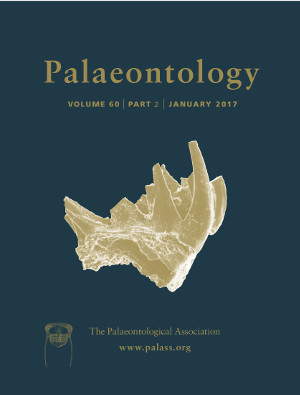Reg. Charity No. 1168330

The affinity of Tullimonstrum gregarium, a pincer‐mouthed, soft bodied bilaterian, has been subject to debate since its recovery from Carboniferous coal deposits at Mazon Creek, Illinois. After decades of impasse focused on mollusc, arthropod and annelid attributes, two recent, yet conflicting, high‐profile studies concluded that the ‘Tully Monster’ is a vertebrate, a relative of lampreys or jawed fishes. Here, we find that structures described as supporting vertebrate, and particularly crown vertebrate, affinity face significant challenges from biological, functional and taphonomic perspectives. Problems with comparator choice, interpretation of taphonomic processes at Mazon Creek and estimation of convergence within the bilaterian tree may have misled these recent studies, leading to conclusions which do not accommodate current understanding of the vertebrate record. For example, the absence of taphonomically‐expected synapomorphies in Tullimonstrum (e.g. otic capsules, body pigment) calls into question vertebrate identity and implies that convergence or deeper origins are responsible for vertebrate‐like traits. Further, phylogenetic placement within vertebrates is only made possible by the constraints of a chordate‐only dataset with limited outgroups and use of selective characters. Long‐discussed alternative placements among molluscs (e.g. heteropod gastropods), arthropods (e.g. anomalocarids) or elsewhere within non‐vertebrate deuterostomes are more congruent. Indeed, many of these lineages independently evolved vertebrate‐like traits, including complex eyes and ‘teeth’. Thus, given the totality of evidence, Tullimonstrum should be excluded from the vertebrate crown. Potential assignments for aberrant bilaterians, common throughout the Palaeozoic fossil record, need to be considered in light of the number and likelihood of required exceptions to established schemes.